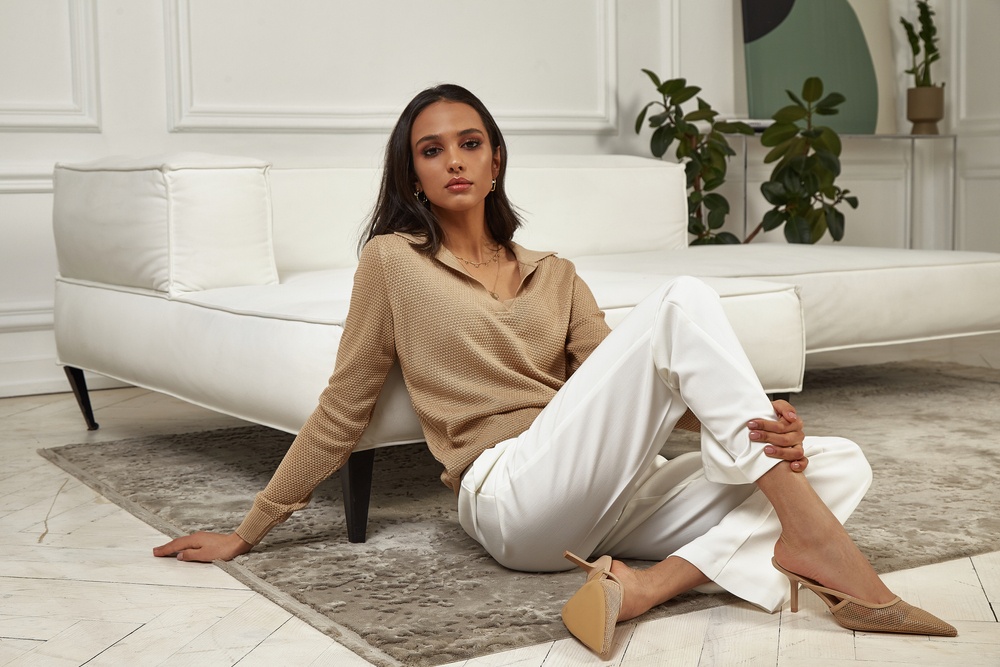
When it comes to creating captivating photographs, the role of the model is paramount. Models have the ability to transform a simple photoshoot into a mesmerizing visual experience. They possess the power to communicate emotions, capture attention, and inspire onlookers. Mastering the art of modeling is essential for anyone who aspires to create striking and unforgettable photographic images. In this article, we will explore the various elements that contribute to successful modelling (or modeling) and how to harness its power to create mesmerizing photoshoots.
The Essence of Modeling
At its core, modeling is the art of portraying emotions, concepts, or ideas through body language and facial expressions. It is a form of visual communication that allows photographers to convey a message or captivate an audience. Effective modeling can elevate a photograph from being mundane to being extraordinary.
To become a successful model, one must embrace the role and understand the importance of preparation, collaboration, and creativity. A model should be versatile, adaptable, and open to experimentation. By understanding their body, strengths, and limitations, models can use their skills to enhance the visual narrative of a photoshoot.
Creating a Connection
A great model knows how to connect with the camera and establish a relationship with the viewer. By making eye contact and using engaging expressions, models can draw the audience into the photograph and create an emotional bond. The connection between the model and the viewer can be so powerful that it can tell a story without the need for any words.
To create this connection, a model must learn to be comfortable with being vulnerable in front of the camera. They must be willing to express their true emotions and allow their personality to shine through. Authenticity and genuineness are the key ingredients in establishing a deep connection with the audience.
The Importance of Posing
Posing plays a vital role in modelling as it helps convey meaning and accentuate the visual elements of the photograph. Every angle and curve of the body can communicate a different message. Models should be aware of their body positioning and understand how small adjustments can dramatically change the mood and feel of an image.
Experimenting with different poses can help a model discover their strengths and unique style. They can play with asymmetry, negative space, and the lines formed by their body to create dynamic compositions. A talented model knows how to strike a pose and create visually interesting shapes that add depth and intrigue to the photograph.
The Power of Expression
Facial expressions are an essential aspect of modeling (or modelling) as they can convey a broad range of emotions. A model must have complete control over their facial muscles and be able to emote naturally and convincingly. They should be able to express joy, sadness, anger, surprise, or any other emotion the photographer wants to convey.
Expression is not limited to the face alone; it extends to the entire body. Models must learn to use their hands, arms, and even their posture to express themselves fully. A subtle shift in body language can enhance the overall impact of the photograph.
The Role of Wardrobe and Props
A well-thought-out wardrobe and carefully selected props can greatly enhance the storytelling aspect of a photoshoot. Models should collaborate with photographers and stylists to choose outfits and accessories that complement the overall theme or concept of the shoot.
By using props effectively, models can add layers of meaning and intrigue to their poses. They can interact with the props to create visually interesting and dynamic compositions. The right combination of wardrobe and props can transform a straightforward photoshoot into an extraordinary visual narrative.
Frequently Asked Questions
Q1: How can I improve my posing skills as a model?
A1: Practice is key to improving your posing skills. Experiment with different poses in front of a mirror and study the work of professional models for inspiration.
Q2: How important is it for a model to communicate with the photographer?
A2: Communication between the model and the photographer is crucial. It helps in understanding the vision, direction, and expectations for the shoot. Collaboration leads to better results.
Q3: What should I do if I feel nervous or self-conscious during a photoshoot?
A3: It's natural to feel nervous, especially if you're new to modeling (by models) . Take deep breaths, remind yourself of your capabilities, and trust the photographer. Relaxing and enjoying the process will bring out the best in you.
Q4: How can I make my poses more dynamic and interesting?
A4: Experiment with different angles, body positions, and levels. Use negative space and play with asymmetry. Incorporate movement and interact with props or the environment around you.
Q5: Can posing be taught, or is it purely an innate talent?
A5: While some individuals may have a natural inclination for posing, it is a skill that can be learned and refined through practice and experience. Don't be discouraged if you're a beginner – with dedication, you can master the art of posing.
Other useful resources
- https://www.planetmodelphoto.com/models/modeling/usa/wilmington/nc-north-carolina